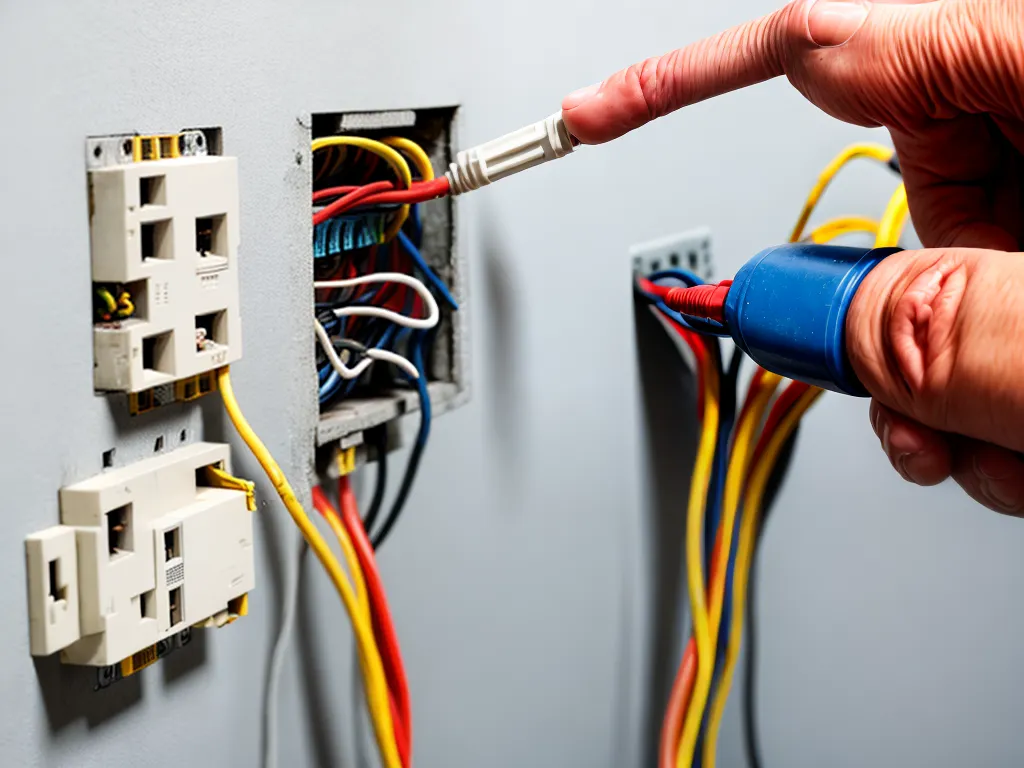
Electrical wiring is one of the biggest expenses when building or remodeling a home. As a homeowner, you naturally want to reduce costs wherever possible. However, electrical contractors may not always share the most cost-effective options upfront. Here are some overlooked ways you can reduce electrical wiring costs that contractors may prefer to keep quiet.
Shop Around for the Best Contractor Rates
Electrical wiring costs can vary dramatically between different contractors. Don't assume the first bid you receive is the best price. Get quotes from at least 3-5 electrical contractors to compare rates. You may find certain contractors charge half as much per hour or have lower markups on materials. Ask for detailed breakdowns of labor rates, material costs, permit fees and other expenses. This allows you to accurately compare bids. Also, check online reviews to ensure contractors provide quality workmanship.
Buy Your Own Materials
One easy way to knock down costs is to purchase the electrical wires, boxes, fixtures and other supplies yourself. Contractors typically charge a markup on materials they provide. By buying directly, you avoid paying extra for the convenience. Run the material list by your electrician first to ensure you get the right specifications. Then source the items from home improvement stores or electrical supply shops. Just be sure your purchase receipt is available in case the contractor needs to verify materials for the permit.
Use Lower-Cost Wiring Methods
Today's electrical codes allow some wiring techniques that cost less in materials and labor without compromising safety. For example, wiring multiple lights on a single circuit saves on home runs to the panel. Using MC cable for indoor branch circuits reduces installation time versus rigid conduit. Opting for shallow electrical boxes saves on wall material versus deep boxes. Discuss options with your electrician to use methods that provide cost savings while still meeting code.
Install Smart Switches, Not More Circuits
Adding electrical circuits often requires upgrading your main panel or subpanel, which adds substantial cost. Before taking that step, consider maximizing your existing capacity with devices like smart switches and occupancy sensors. They allow you to control multiple lights from one switch. So rather than run new wires and breakers, use smart technology to open up space on overloaded circuits. This avoids the added labor and materials to install new circuit panels.
Focus on DIY for Low-Voltage Wiring
Electrical permits and contractor rates usually apply only to standard 120-volt household wiring. For low-voltage wiring like landscape lights, security cameras or home theater systems, you can likely handle the installation yourself without permits. This avoids paying electrician hourly rates. Focus DIY efforts on the low-voltage elements of electrical projects to reduce professional labor costs. Handle only the 120-volt wiring through your electrical contractor.
Adjust the Project Scope or Timeline
Finally, reconsider the scale of electrical upgrades needed in your project. Can you phase the project to spread costs over time? Eliminate non-essential items that are driving cost? Downsize elements like going with fewer recess lights? Adjust the finishes or layout to require less wiring? If you're flexible on scope or timeline, you may find opportunities to reduce costs substantially while still achieving your main objectives.
With some strategic planning and research, you can reduce the electrical wiring costs of your next building or remodeling project. Follow these tips to maximize savings on professional electrician rates and electrical materials. Just be wary that contractors may not offer their most budget-friendly wiring methods upfront. Do your due diligence to uncover overlooked ways to lower costs without sacrificing quality.